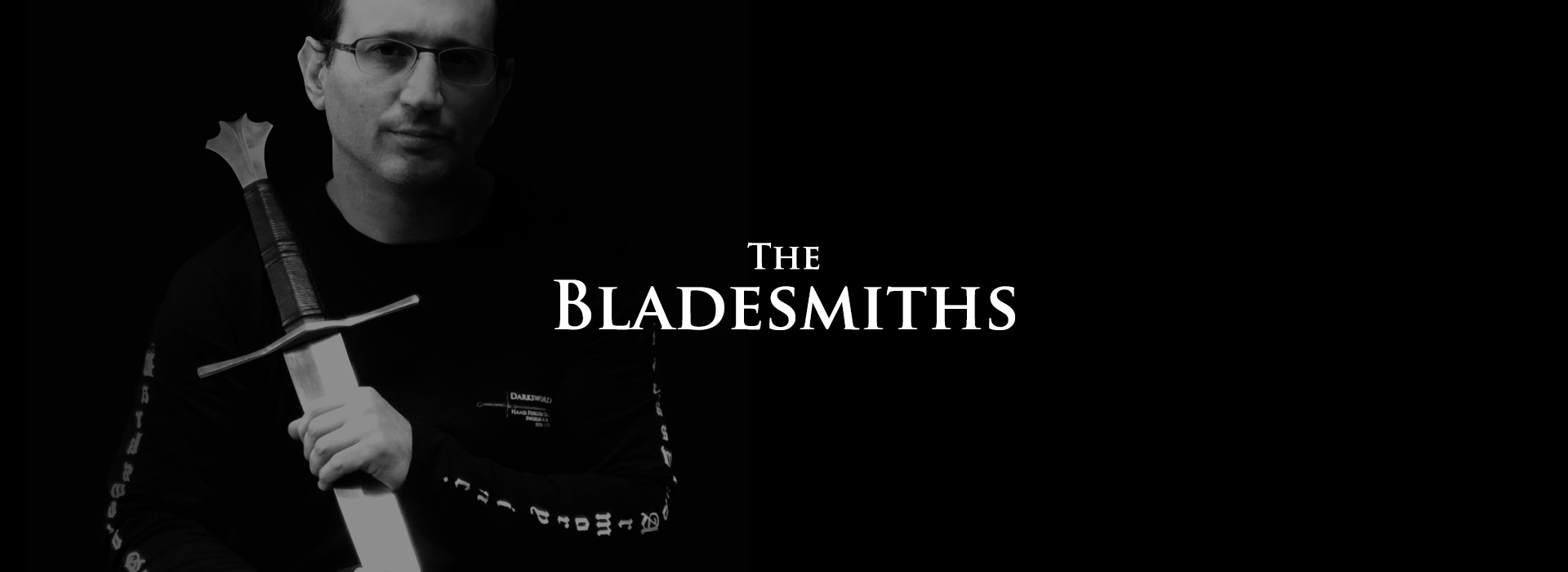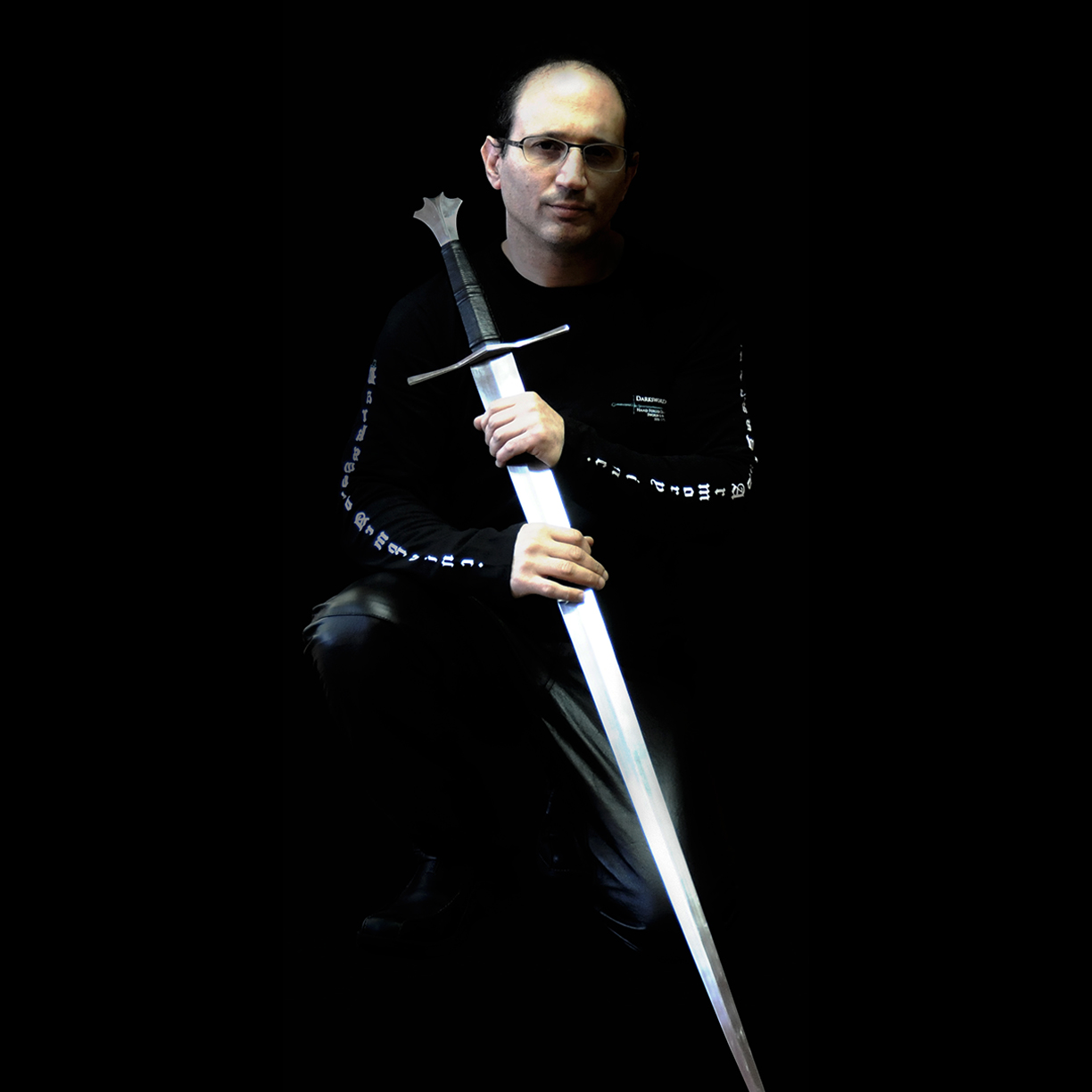Medieval swords, and swords themselves, have long been an object of fascination. From the Bronze Age to modern times, the sword conjures great inspiration, awe and respect. Attributed to Nobles of history, the sword is considered as an aristocratic weapon. The Roman Empire long considered the “Spartha”, or Roman Sword, as a symbolic focal point of the Army’s supremacy. During in the Middle-Ages, the sword not only elevated squires to Knighthood, but served as a symbol of strength, integrity, honor and tradition.
Literature has often referred to the sword as a source of inspiration, showing their power and honour.
Homer, The Iliad, Beowulf and countless Anglo-Saxon chronicles immortalized Ancient Greek and medieval swords to a level beyond those of mortal men. In modern times, representation of swords as a symbol of power continues. From the swords of Ancient Greece and the Roman Empire depicted in such popular films as The Fall of the Roman Empire, Spartacus, and Gladiator; to the swords of the medieval era in Braveheart, Hamlet, and The Lord of the Rings; to the katanas, or samurai swords, of feudal Japan in The Last Samurai; to the futuristic lightsaber of Star Wars — these examples depict the importance and symbolism of the sword as it transcends culture and time.
Through story and film, the symbolism of the sword continues, not as a simple weapon of war, but as the most venerated symbol of leadership, courage, justice and kinship. Today, medieval swords, as well as other swords of various historical periods, are safely kept in museums and private collections. They continue to conjure images of greatness, fascination and leadership. The medieval sword essentially developed from Celtic, Germanic, Anglo-Saxon and late Roman archetypes.
The Viking and early Frankish forms (the “spata”) are also considered to be more direct ancestors. Medieval swords can be classified, typically by hilt design, into many categories by curators, collectors, and military historians. However, through the last eight centuries, medieval swords were simply referred to as “swords” or “sword of war,” “war-sword” (French espee du guerre or epee du guerre) and “long sword”.
It was only during the crusades, when came the massive armies of mounted knights, that medieval swords found a new name: “the arming sword”. Arming swords were also considered “riding swords” (also parva ensis or epee courte). It is this single-hand form which is so closely associated with the idea of the “knightly sword” (C. 1300).
The swords made in Darksword Armory’s workshop are individually handcrafted to look, feel and handle as the original counterpart. Each sword is recreated from museum originals and antiques using the finest material and forged with 5160 high carbon steel, properly heat treated and tempered. Our bladesmiths individually handcraft each medieval sword using the traditional techniques of the Middle Ages. Working with hammer and anvil, they are impeccably forged with high attention to detail to achieve a product that is true to size, weight and geometry. Through research and first-hand experience with antique medieval weapons, Darksword Armory has crafted truly functional medieval swords, able to withstand the rigours of combat.
Our commitment to forging fully functional swords is at the core of our reputation for crafting some of the most resistant battle ready swords on the market. We are so pleased when our finely crafted medieval swords, armour, and fantasy pieces reach discerning sword collectors who value quality and artistry. When you purchase a piece from us, you’re not only getting a sword – you’re getting a lasting heirloom piece of fine weaponry which can be passed down from generation to generation.





